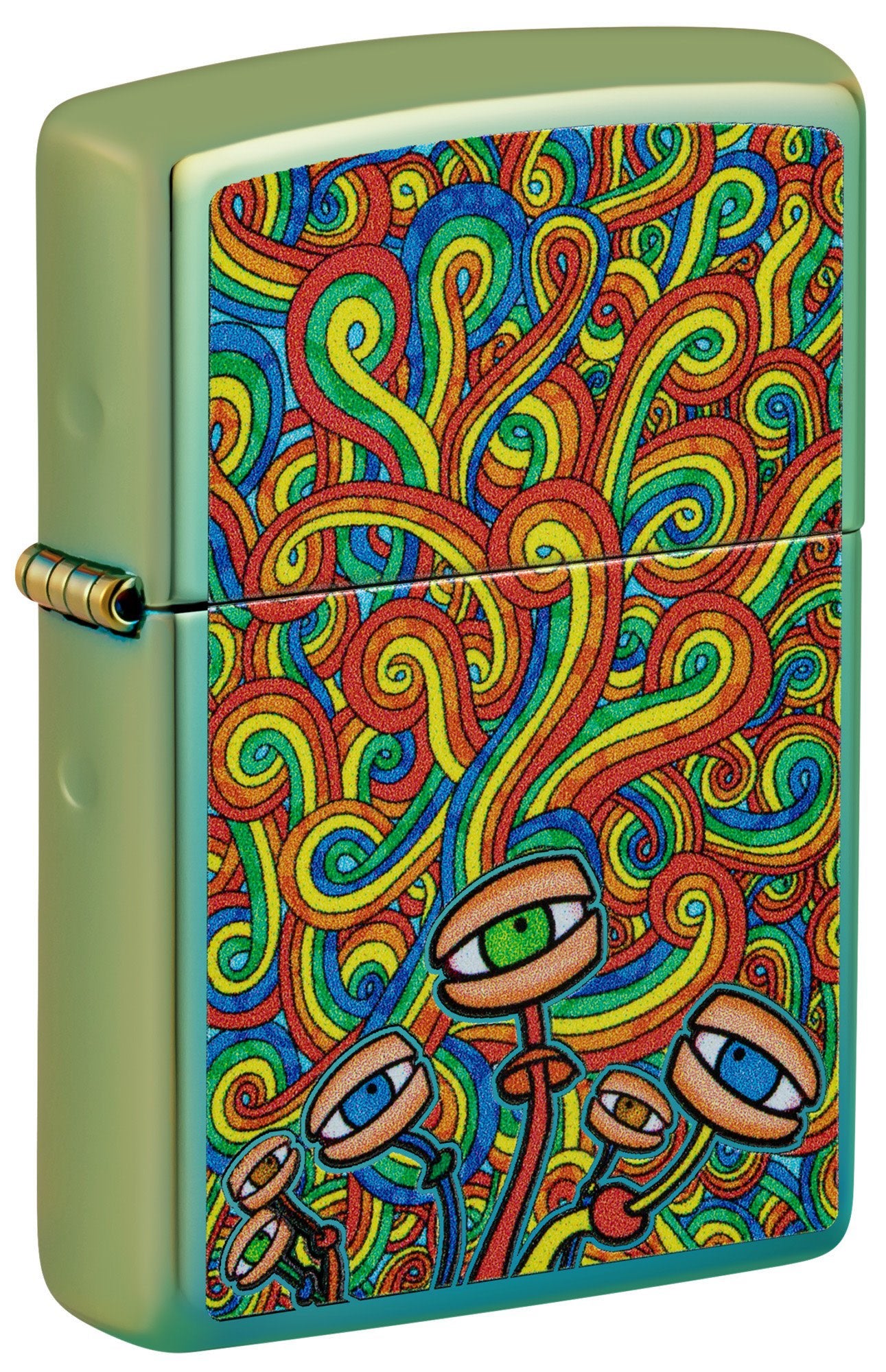Everything About Psychotomimetic Compounds: Their Role in Psychological Research
Psychotomimetic compounds, such as LSD and psilocybin, have gathered enhancing rate of interest in emotional study for their capacity to duplicate psychotic signs and supply understanding into various mental health problems. Their communications within the mind, especially with serotonin and dopamine paths, suggest a complicated relationship between awareness and neurobiology that might open unique therapeutic opportunities. As researchers remain to investigate their prospective applications, ethical factors to consider bordering their usage in professional setups end up being extremely important, raising crucial concerns regarding security and informed consent that necessitate additional exploration.
Definition of Psychotomimetic Substances
In the realm of psychological study, psychotomimetic compounds are substances that can cause effects resembling those of psychosis, such as hallucinations, misconceptions, and altered understandings of reality - About Golden Psycho. These substances can be classified right into various groups, including hallucinogens, dissociatives, and particular stimulants, each generating distinct emotional effects
The medicinal action of psychotomimetic substances typically entails modulation of neurotransmitter systems, specifically those associated to serotonin, dopamine, and glutamate. For example, materials like lysergic acid diethylamide (LSD) primarily act upon serotonin receptors, leading to profound changes in sensory assumption and cognition.
The utility of psychotomimetics in research study hinges on their capacity to resemble psychotic symptoms, offering a design for recognizing the hidden devices of psychotic disorders such as schizophrenia. By studying the impacts of these compounds, researchers can get understandings right into the neurobiological and psychological processes that add to psychosis.
Additionally, psychotomimetic substances have actually been discovered for their therapeutic capacity in dealing with numerous psychological wellness problems, consisting of depression and anxiety, highlighting their twin function in both research study and potential professional applications.
Historic Advancement and Context
The expedition of psychotomimetic compounds has a rich historical context that dates back to old human beings, where materials such as psilocybin mushrooms and peyote were used in spiritual and healing practices. These very early usages usually linked with religious rituals, recommending an extensive reverence for the altered states of awareness caused by these compounds.
The mid-20th century marked a substantial switching factor in the study of psychotomimetic substances, specifically with the synthesis of LSD by Albert Hofmann in 1938. The subsequent popularization of LSD in the 1960s catalyzed a wave of passion in both its emotional impacts and prospective therapeutic applications. Researchers began to explore how these compounds can mimic psychotic states, giving understandings right into mental disorder.
However, the enhancing association of psychotomimetics with counterculture activities brought about regulatory backlash, finishing in the criminalization of most of these substances. Despite these obstacles, the rebirth of passion in the restorative potential of psychedelics in the 21st century has actually triggered renewed study. This historical trajectory highlights the developing perception of psychotomimetic substances, transforming from spiritual substances to subjects of clinical inquiry and, possibly, healing pledge.
Mechanisms of Activity
Understanding the devices of action of psychotomimetic substances exposes the complex ways these compounds connect with the brain's neurochemistry. More hints These compounds mostly exert their impacts via modulation of natural chemical systems, specifically serotonin, dopamine, and glutamate. For example, numerous classic psychedelics, such as psilocybin and LSD, largely work as agonists at serotonin 5-HT2A receptors, resulting in transformed perception and cognition. This communication not just influences sensory handling yet additionally boosts psychological and reflective experiences.
Along with serotonin, dopaminergic paths are significantly influenced by compounds like mescaline and particular cannabinoids, which can bring about altered states of consciousness and changes in mood and motivation. The NMDA receptor animosity observed with substances like ketamine highlights an additional path via which psychotomimetics might cause dissociative states and profound changes in believed processes.
The neurochemical waterfalls started by these interactions cause complicated and diverse mental impacts. Comprehending these systems is important for both the improvement of psychological study and the restorative potential of psychotomimetic compounds, as they provide understandings right into the underlying neural correlates of modified states of consciousness.
Current Study and Applications
Current investigations right into psychotomimetic compounds have actually disclosed a revival of passion in their therapeutic applications, especially in the areas of psychiatry and psychology. Researchers have begun checking out materials such as psilocybin, LSD, and ayahuasca for their potential to ease signs and symptoms related to different psychological wellness problems, including depression, anxiety, and PTSD.
Scientific tests have actually shown that, when carried out in controlled environments, these compounds can assist in profound emotional experiences, advertising psychological breakthroughs and enhanced therapeutic outcomes. As an example, researches have actually revealed that psilocybin-assisted therapy can result in considerable reductions in treatment-resistant depression, with effects lasting for several months post-treatment.
Moreover, psychotomimetic compounds are being look at this web-site evaluated for their capacity to cultivate neuroplasticity, potentially permitting more reliable rewiring of maladaptive idea patterns. These findings suggest that such substances may work as complements to typical psychotherapeutic techniques, improving the efficacy of healing interventions.
As research proceeds, the focus is changing in the direction of understanding the optimum does, restorative settings, and individual qualities that can maximize the advantages of these compounds. This expanding field holds promise for reinventing mental wellness treatment standards and dealing visit homepage with the constraints of traditional psychological medications.
Moral Considerations in Study

Browsing the ethical landscape of research study involving psychotomimetic compounds is crucial to making sure participant security and the honesty of study results. Scientists should focus on enlightened permission, ensuring that participants totally understand the possible threats and benefits connected with the materials being examined. This consists of offering in-depth information concerning possible emotional effects, consisting of acute and long-lasting impacts, and allowing participants the chance to take out from the study at any type of time without charge.
Additionally, moral oversight by institutional review boards (IRBs) is necessary. IRBs evaluate research study protocols to secure individual well-being and promote ethical requirements. This examination helps reduce dangers and makes certain that studies are conducted with scientific rigor. In addition, the possibility for threat must be thoroughly analyzed, specifically when at risk populaces are entailed.
Confidentiality is an additional vital consideration. Scientists should implement durable steps to protect individuals' identities and information, especially given the delicate nature of experiences connected with psychotomimetic compounds (About Golden Psycho). Inevitably, a commitment to ethical methods not only cultivates count on between scientists and participants yet likewise enhances the trustworthiness and legitimacy of the research study outcomes, adding to the development of emotional understanding

Verdict
Finally, psychotomimetic substances, particularly timeless psychedelics such as LSD and psilocybin, offer considerable understandings into mental problems through their special devices of activity. Their therapeutic possibility in dealing with problems like anxiety and PTSD highlights the relevance of continued research study in this area. Guaranteeing honest requirements in research study techniques is crucial for participant security and notified approval, permitting for a responsible exploration of these compounds' benefits and implications within psychological scientific research.
Comments on “Understand Everything You Need to Know About Golden Psycho and Its Unique Features.”